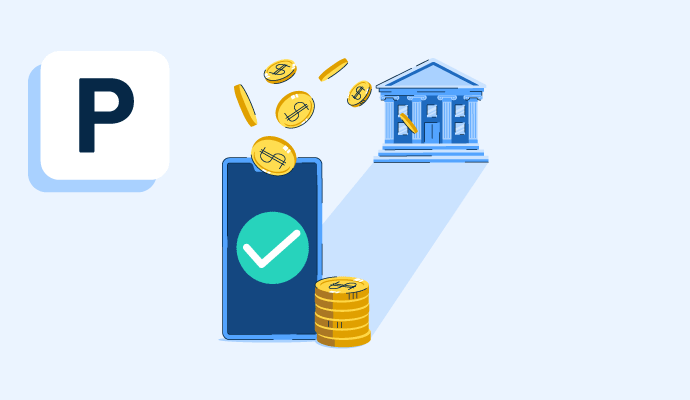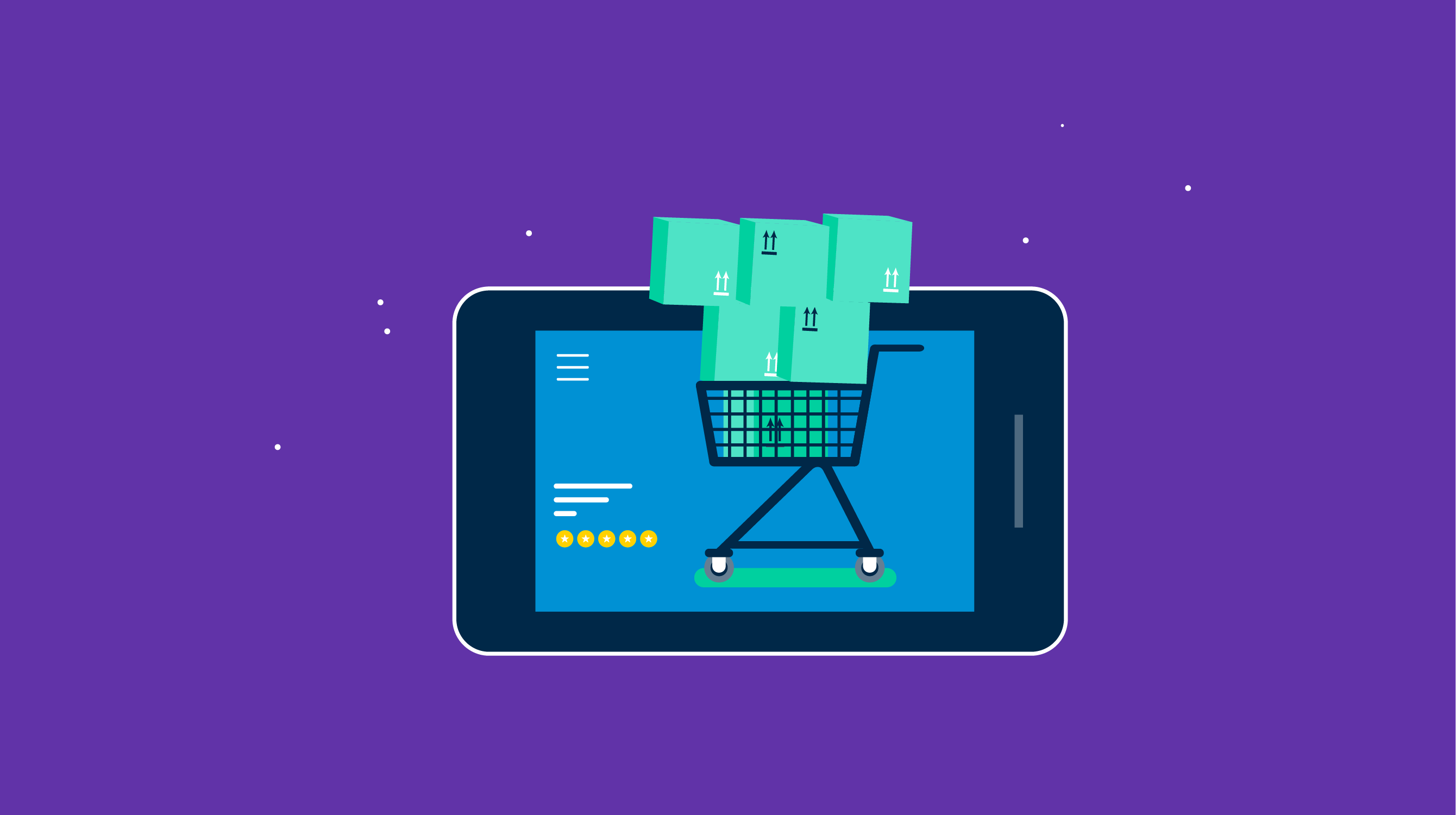What is a payment gateway?
A payment gateway is a service that facilitates financial transactions between customers and merchants. It securely authorizes payment information.
In brick-and-mortar stores, a payment gateway makes point-of-sale (POS) credit or debit card transactions possible. For e-commerce companies, customers enter their payment info or use a payment gateway service provider like Square or PayPal. Either way, a payment gateway creates a safe checkout experience.
Organizations and individuals alike use payment gateway software when selling their goods and services. It supports business-to-consumer (B2C) and business-to-business (B2B) transactions and integrates with e-commerce, shopping cart, and subscription management software.
Types of payment gateways
Customers expect access to payment gateways for secure digital transactions in-store and online. Organizations can choose from three different common types of payment gateway, depending on the level of control they want over the process.
- Hosted payment gateways common types of payment gateway have checkout pages that direct customers to pay on a third-party site. Once the customer has entered their payment information, the third party redirects them to the original site to complete their transaction. These transactions offer high-security levels with payment card industry (PCI) compliance, but the organization relies completely on the host or payment service provider (PSP) for customer experience and satisfaction.
- Self-hosted payment gateways let companies process customer transactions on the website. Instead of leaving the e-commerce site when it’s time to pay, customers stay to enter their information, which is then encrypted and sent to a third party for processing. While this setup gives organizations more control over the checkout experience, it requires more technical expertise to implement and manage.
- Application Programming Interface (API) payment gateways give organizations the most control over the payment page design and experience. Both the merchant’s website handles the payment information and processing using an API. This setup offers a fully customizable user interface (UI) and customer experience (CX), but the seller takes responsibility for PCI compliance and pays extra for Secure Sockets Layer (SSL) certification.
Benefits of payment gateways
Using payment gateways provides many benefits for companies and their customers. Some specific advantages include:
- Increased security. Businesses can trust payment gateways to meet industry security standards since they provide a safe way to process transactions. By encrypting sensitive information, they protect the business and the customer from fraud.
- Expanded customer base. With a payment gateway, companies can offer various payment options, including credit cards, debit cards, bank transfers, and mobile payments. This makes businesses more accessible to their customers worldwide.
- Faster processing. Payment gateways create faster transaction processing because it’s done in real time, improving cash flow.
- Better customer experience. Companies offer a fast, easy checkout process using payment gateways. Customers shop at their convenience, 24 hours a day, seven days a week. A smooth consumer experience removes any discord from the checkout process, creating another reason for customers to become loyal.
Payment gateway best practices
For merchants to get the most benefits from using a payment gateway, they must ensure the payment process is reliable and secure. Some best practices include:
- Select a reputable payment gateway. Merchants should carefully weigh the advantages and drawbacks of the gateways they have to choose from and select the one that best fits their needs. Large companies should explore enterprise payment gateway options; others may want to compare reviews of popular small business payment gateways or look into lists of free options.
- Test the process before going live. Before launching the payment gateway, merchants should test that the gateway works smoothly. Sellers should specifically test the payment flow and check that confirmation messages are sent.
- Be transparent. Businesses should provide clear payment options so customers understand them before they place an order. An e-commerce site should post information about transaction fees and currency conversion rates, if necessary. Fee transparency cuts down on disputes and builds customer trust.
- Taking security measures. To maintain a reputation and customer base, companies must protect data from cybersecurity threats. If they aren’t using an e-commerce platform with a built-in SSL, they should purchase this feature separately. After that, they should consult PCI compliance standards to make sure they tick all the boxes for their type of company. Finally, companies should also update their software regularly, use multi-factor authentication, and train employees to avoid security risks.
E-commerce platforms provide retail solutions with a host of security features and payment gateway options.

Kelly Fiorini
Kelly Fiorini is a freelance writer for G2. After ten years as a teacher, Kelly now creates content for mostly B2B SaaS clients. In her free time, she’s usually reading, spilling coffee, walking her dogs, and trying to keep her plants alive. Kelly received her Bachelor of Arts in English from the University of Notre Dame and her Master of Arts in Teaching from the University of Louisville.





















